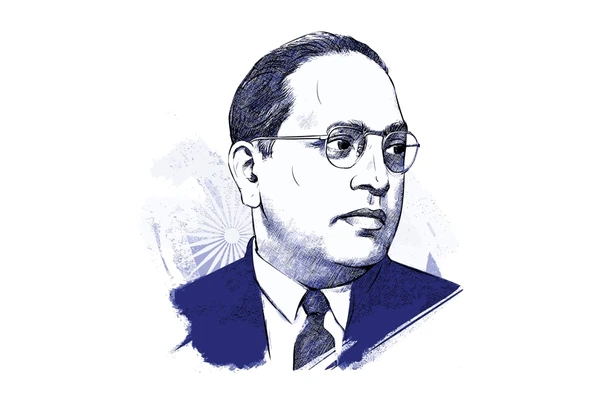B.R. Ambedkar : The Champion of Equality and Social Justice
B.R. Ambedkar : The Architect of India’s Constitution

You May Like : Taylor Swift ‘s Life Journey
Bhimrao Ramji Ambedkar, popularly known as Babasaheb Ambedkar, was a visionary leader, social reformer, and the chief architect of India’s Constitution. His relentless efforts to eradicate caste discrimination and uplift the marginalized communities laid the foundation for a more just and equitable society. This article explores his early life, education, contributions to India’s social and political landscape, and his enduring legacy.
Early Life and Education of B.R. Ambedkar
B.R. Ambedkar was born on April 14, 1891, in Mhow, Madhya Pradesh, into a Dalit family. Facing severe discrimination from an early age, he developed a deep understanding of social inequalities. Despite numerous obstacles, he pursued education with unwavering determination.
He completed his early schooling in Satara and later attended Elphinstone College in Mumbai. His academic brilliance earned him a scholarship to study abroad. He pursued higher education at Columbia University in the United States, earning a Master’s and Ph.D. in Economics. Later, he continued his studies at the London School of Economics and also trained as a lawyer at Gray’s Inn.
Fight Against Social Discrimination
Ambedkar dedicated his life to the fight against caste-based discrimination. He launched several movements advocating for Dalit rights, including access to water, temple entry, and equal educational opportunities. His leadership in the Mahad Satyagraha (1927), where he led a protest for Dalits’ right to access public water sources, was a defining moment in India’s social justice movement.
In 1930, he led the Kalaram Temple Entry Movement, demanding equal rights for Dalits to enter Hindu temples. His relentless activism brought the plight of the oppressed into national focus.
Role in India’s Independence and Constitution Drafting B.R. Ambedkar
Ambedkar played a crucial role in India’s independence movement, focusing on social justice rather than direct political activism. After independence, he was appointed the Chairman of the Drafting Committee for the Indian Constitution in 1947. His vision ensured that the Constitution upheld principles of equality, liberty, and justice for all citizens.
His significant contributions included:
- Abolition of untouchability and provisions for Dalit rights.
- Reservation policies for Scheduled Castes and Scheduled Tribes in education and jobs.
- Women’s rights, ensuring gender equality in laws and governance.
The Constitution of India, adopted on January 26, 1950, remains a testament to his vision of an inclusive and democratic nation.
Political Career and Later Life of B.R. Ambedkar
Ambedkar served as India’s first Law and Justice Minister and continued advocating for social reforms. He later founded the Republican Party of India to represent the interests of the marginalized. Disillusioned with Hindu caste practices, he embraced Buddhism in 1956 along with millions of followers, marking the beginning of the Dalit Buddhist movement.
Legacy and Influence by B.R. Ambedkar
B.R. Ambedkar’s contributions continue to shape India’s social and political landscape. He remains an icon for human rights and equality. His writings, including Annihilation of Caste and The Problem of the Rupee, continue to be studied worldwide.
In honor of his contributions, India celebrates Ambedkar Jayanti on April 14 every year. His statues, institutions, and laws protecting social justice stand as lasting symbols of his legacy.
Conclusion
B.R. Ambedkar’s life was dedicated to eradicating discrimination and building a just society. His legacy remains a guiding force for human rights, social justice, and equality in India and beyond.
If you wanna know more about visionaries like this, we’ve got it covered!
Buddha: The Enlightened One Who Transformed Spirituality
[…] You May Like : B. R. Ambedkar Life Journey […]